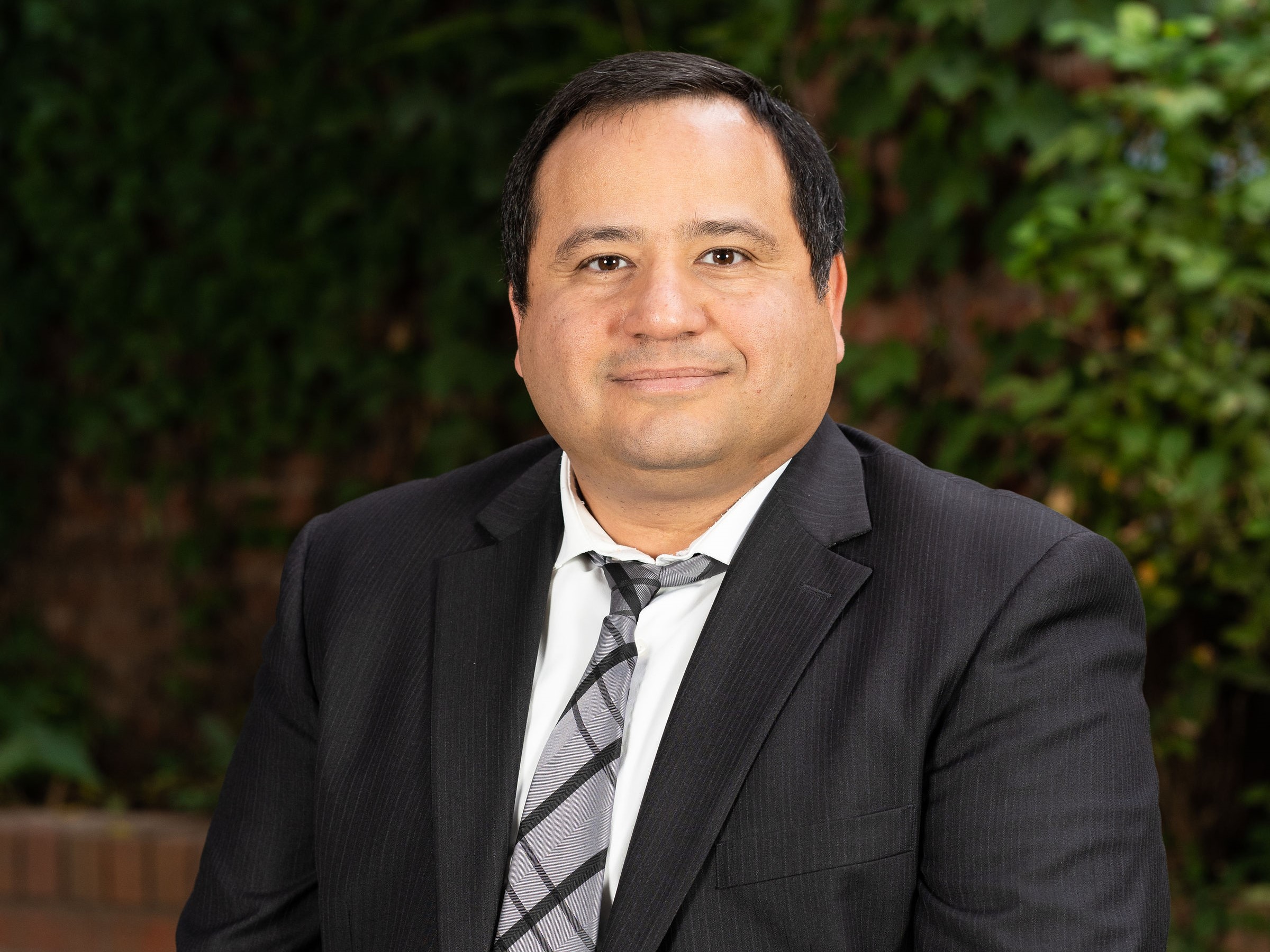The IRS CP2000: When Your Tax Return Gets a Second Look
Has an official-looking envelope from the IRS containing a CP2000 notice just landed in your mailbox? Before panic sets in, take a deep breath. While correspondence from the tax authority rarely brings joy, a CP2000 isn't necessarily bad news. This notice is actually one of the most common communications the IRS sends out each year to millions of taxpayers.
What Exactly Is a CP2000 Notice?
The CP2000, formally titled "Notice of Proposed Adjustment for Underpayment/Overpayment," is essentially the IRS's way of saying, "We think there might be a mismatch between what you reported on your tax return and what others told us about your income."
This notice is generated when the IRS's automated system detects discrepancies between the income you reported and information submitted by third parties like:
Strategic Steps to Take When You Receive a CP2000
1. Don't Ignore It, Don't Panic
The worst response is no response. The IRS gives you a specific timeframe to address the notice (typically 30 days), and ignoring it only leads to automatic assessment of the proposed changes, along with additional penalties and interest.
2. Compare the Details Carefully
Line up the CP2000 with your tax return and supporting documents. The discrepancy could be as simple as a forgotten 1099 from a small investment account or as complex as incorrectly reported stock transactions. Sometimes, the information the IRS received was incorrect, not your return.
3. Evaluate Your Response Options
The CP2000 gives you three main options:
If you're disagreeing with any part of the notice, documentation is your best friend. This might include:
5. Draft a Clear, Concise Response
Your response should reference the specific items you're addressing and include copies (never originals) of your supporting documentation. Remember to include the response form that came with your notice.
6. Consider Professional Representation
At Advanced Tax Solutions, we've helped hundreds of clients navigate CP2000 notices successfully. The complexity of tax law often makes professional representation the most cost-effective approach, especially when substantial amounts are at stake.
The Hidden Opportunities in a CP2000
Interestingly, not every CP2000 results in additional tax owed. In some cases, our review process has uncovered:
Why Timing Matters
The 30-day response window moves quickly. Each day of delay can limit your options and potentially increase your financial exposure. At Advanced Tax Solutions, we can quickly analyze your situation and formulate the optimal response strategy.
The Path Forward
Receiving a CP2000 notice doesn't mean you've done anything wrong – tax reporting is complex, and discrepancies are common. What matters most is how you respond to protect your financial interests and resolve the matter correctly.
Our team of tax resolution specialists has decades of combined experience handling CP2000 notices. We understand the nuances of these cases and can guide you through the process with confidence.
Don't let a CP2000 notice cause unnecessary stress or financial damage. Contact Advanced Tax Solutions today for a free consultation and put our expertise to work for you.
Go Back What Exactly Is a CP2000 Notice?
The CP2000, formally titled "Notice of Proposed Adjustment for Underpayment/Overpayment," is essentially the IRS's way of saying, "We think there might be a mismatch between what you reported on your tax return and what others told us about your income."
This notice is generated when the IRS's automated system detects discrepancies between the income you reported and information submitted by third parties like:
- Your employer (via W-2 forms)
- Banks and financial institutions (via 1099-INT forms)
- Investment companies (via 1099-DIV or 1099-B forms)
- Gig economy platforms (via 1099-K forms)
- Other income sources (via various 1099 forms)
Strategic Steps to Take When You Receive a CP2000
1. Don't Ignore It, Don't Panic
The worst response is no response. The IRS gives you a specific timeframe to address the notice (typically 30 days), and ignoring it only leads to automatic assessment of the proposed changes, along with additional penalties and interest.
2. Compare the Details Carefully
Line up the CP2000 with your tax return and supporting documents. The discrepancy could be as simple as a forgotten 1099 from a small investment account or as complex as incorrectly reported stock transactions. Sometimes, the information the IRS received was incorrect, not your return.
3. Evaluate Your Response Options
The CP2000 gives you three main options:
- Agree completely with the proposed changes
- Disagree partially and provide documentation for disputed items
- Disagree completely and provide comprehensive evidence supporting your position
If you're disagreeing with any part of the notice, documentation is your best friend. This might include:
- Missing tax forms
- Proof of reported income
- Evidence of deductions claimed
5. Draft a Clear, Concise Response
Your response should reference the specific items you're addressing and include copies (never originals) of your supporting documentation. Remember to include the response form that came with your notice.
6. Consider Professional Representation
At Advanced Tax Solutions, we've helped hundreds of clients navigate CP2000 notices successfully. The complexity of tax law often makes professional representation the most cost-effective approach, especially when substantial amounts are at stake.
The Hidden Opportunities in a CP2000
Interestingly, not every CP2000 results in additional tax owed. In some cases, our review process has uncovered:
- Deductions that were missed on the original return
- Credits that weren't claimed
- Reporting errors that, when corrected, actually result in refunds
Why Timing Matters
The 30-day response window moves quickly. Each day of delay can limit your options and potentially increase your financial exposure. At Advanced Tax Solutions, we can quickly analyze your situation and formulate the optimal response strategy.
The Path Forward
Receiving a CP2000 notice doesn't mean you've done anything wrong – tax reporting is complex, and discrepancies are common. What matters most is how you respond to protect your financial interests and resolve the matter correctly.
Our team of tax resolution specialists has decades of combined experience handling CP2000 notices. We understand the nuances of these cases and can guide you through the process with confidence.
Don't let a CP2000 notice cause unnecessary stress or financial damage. Contact Advanced Tax Solutions today for a free consultation and put our expertise to work for you.




















